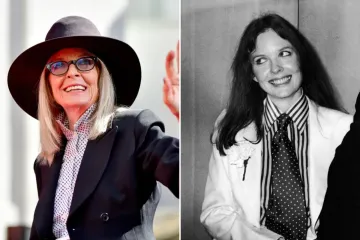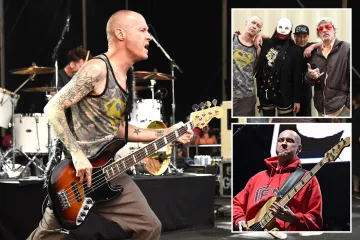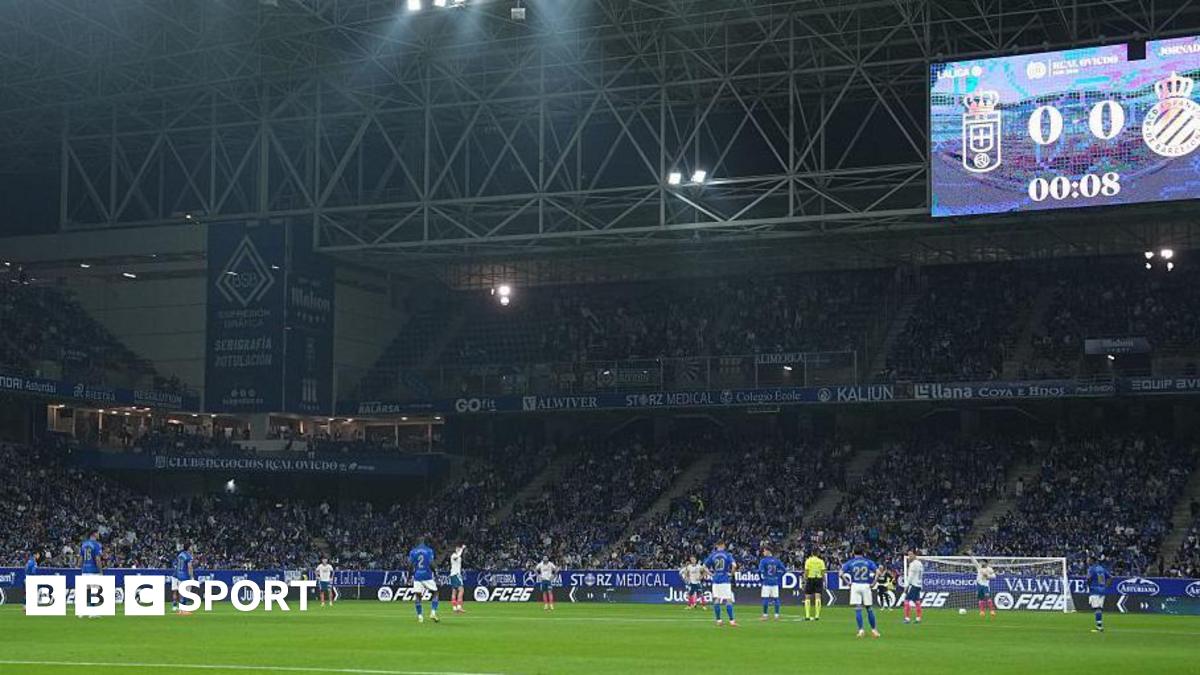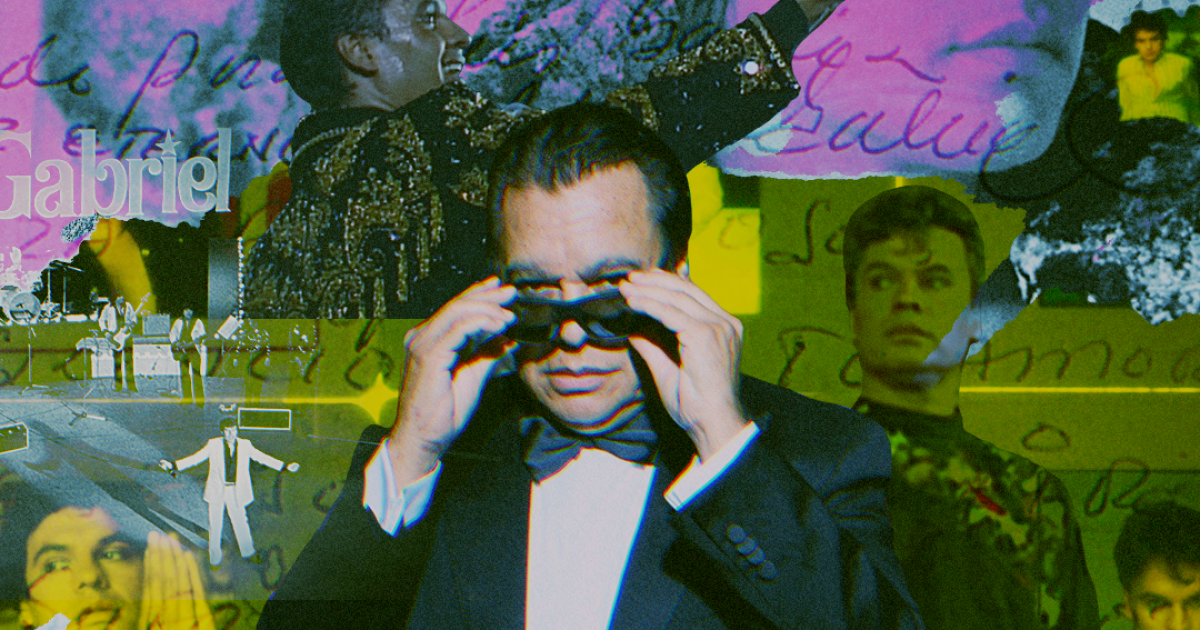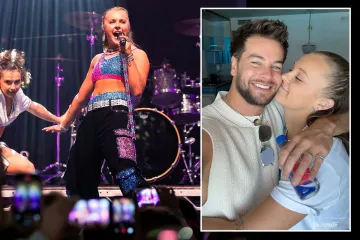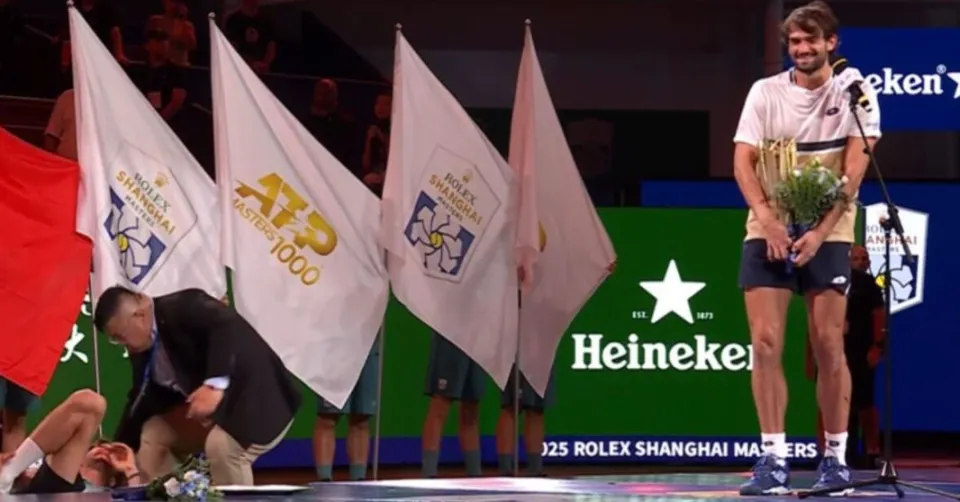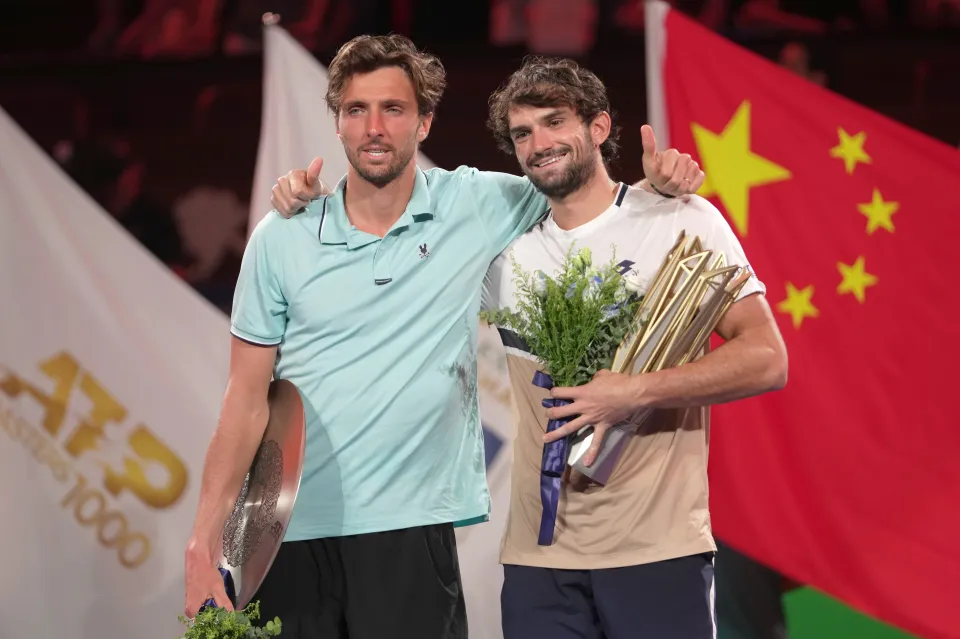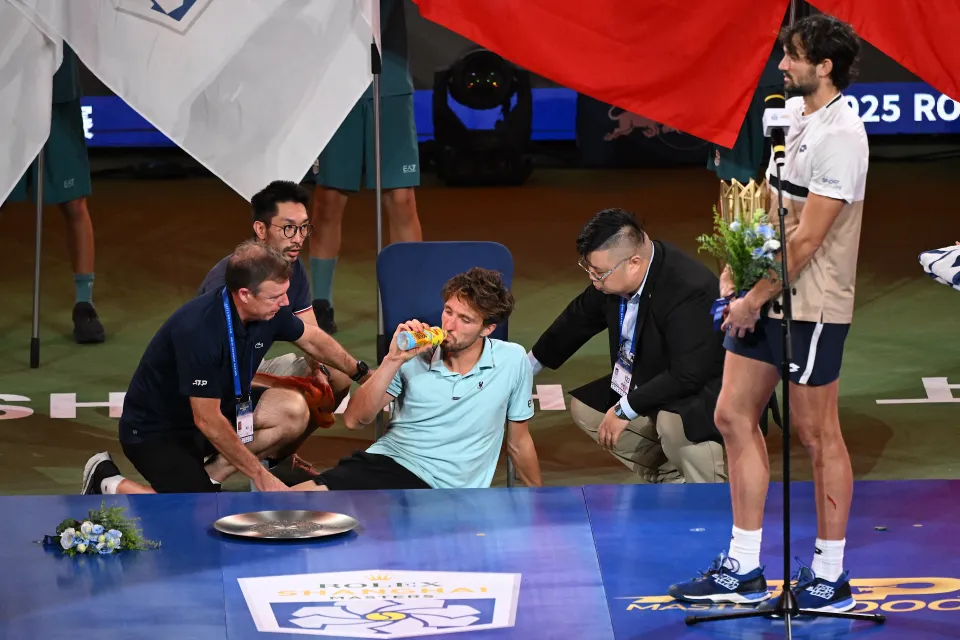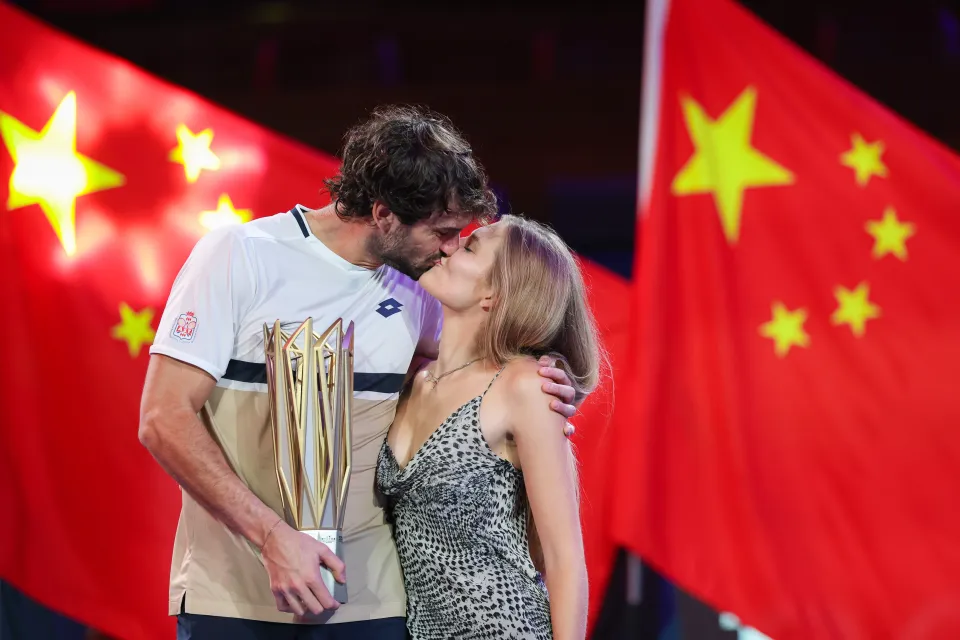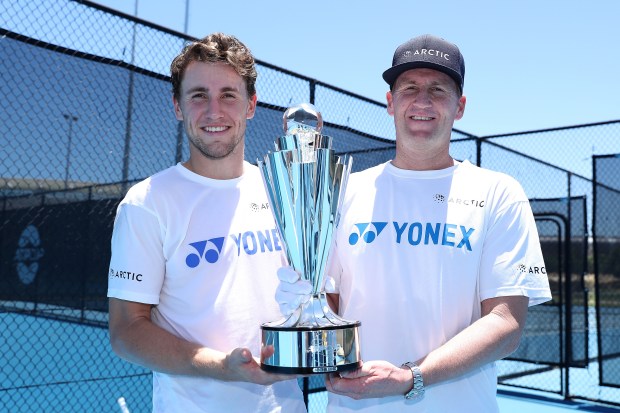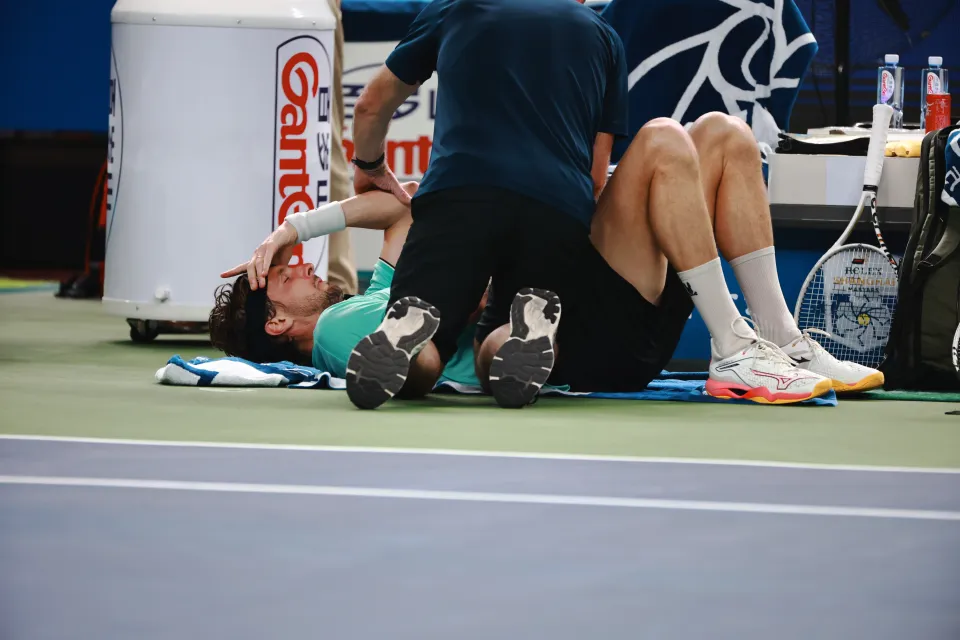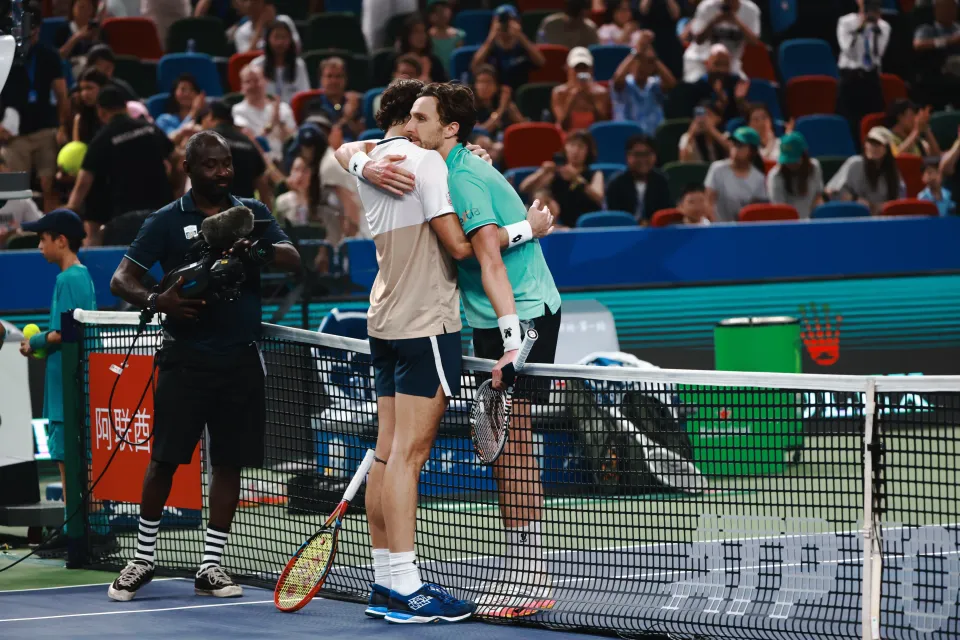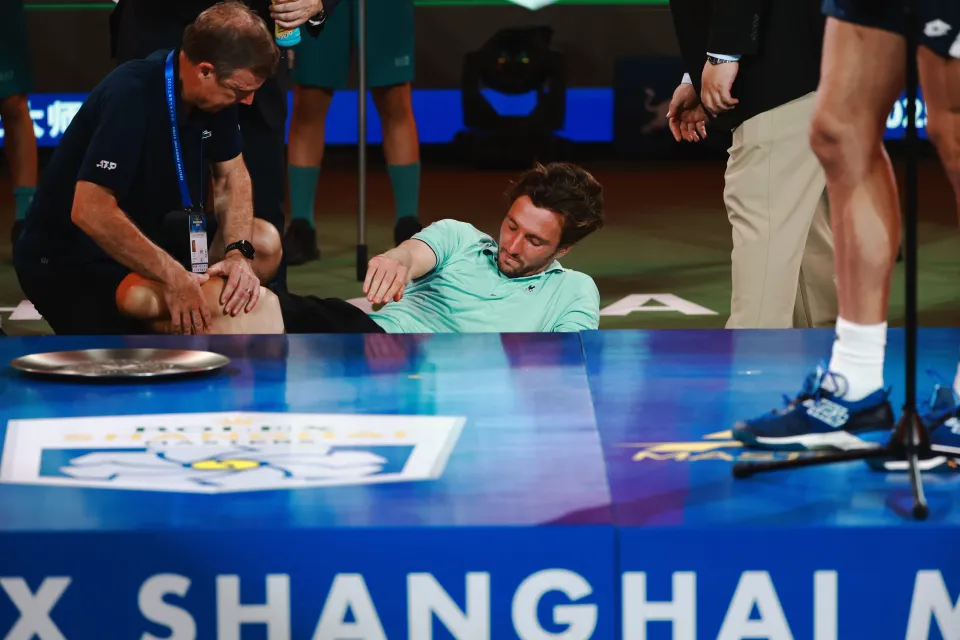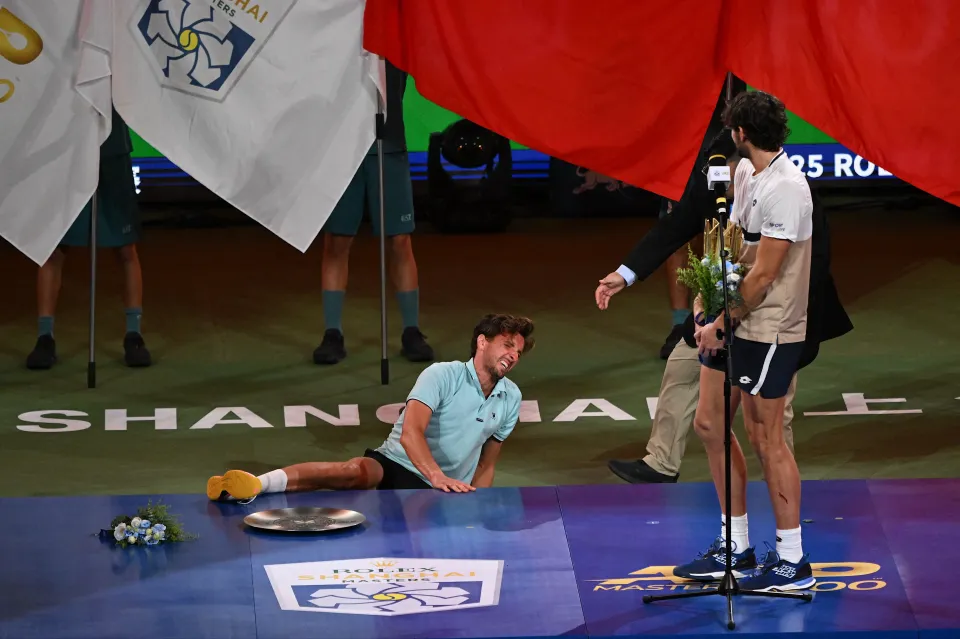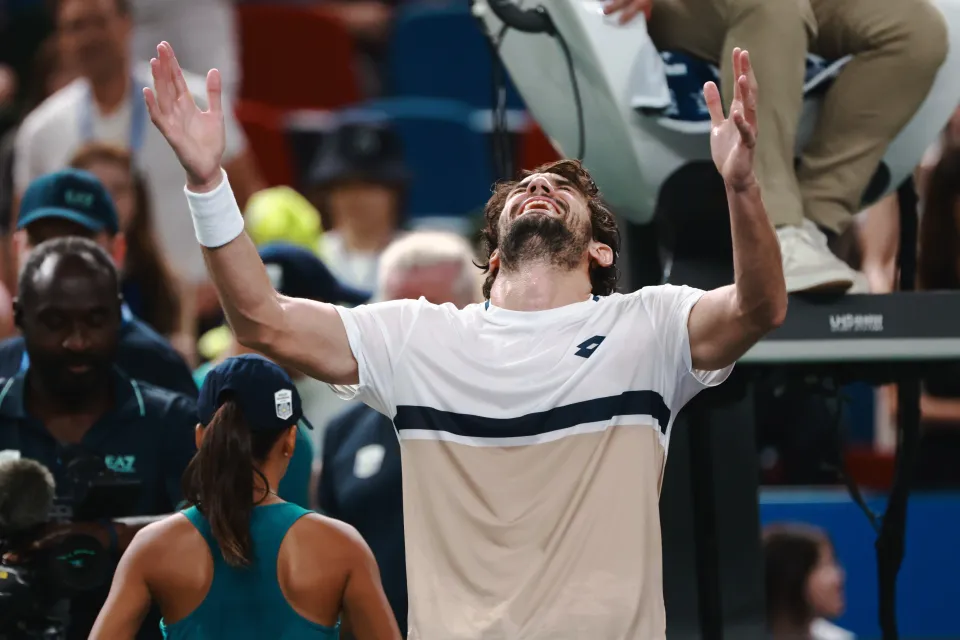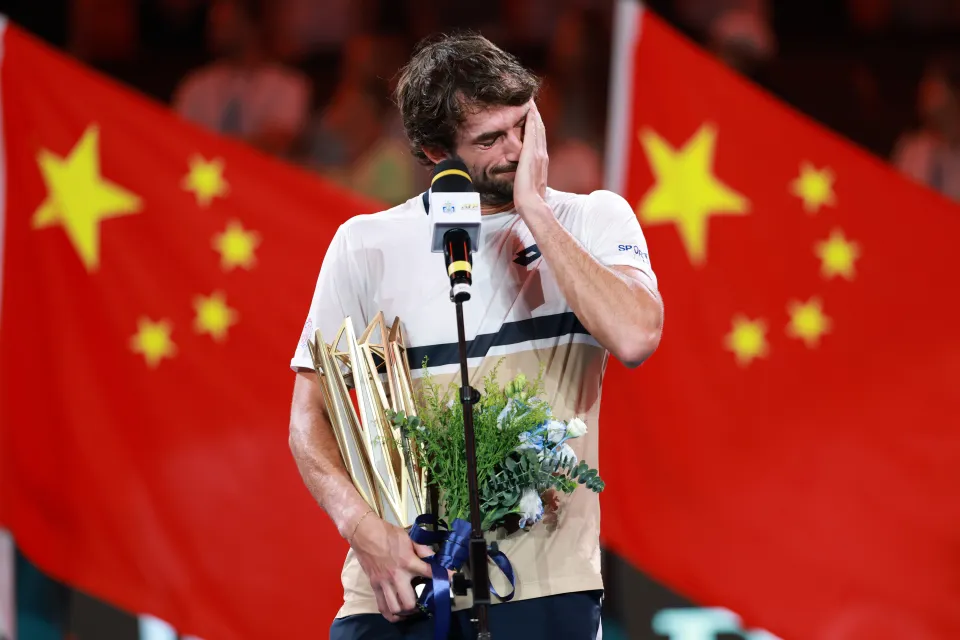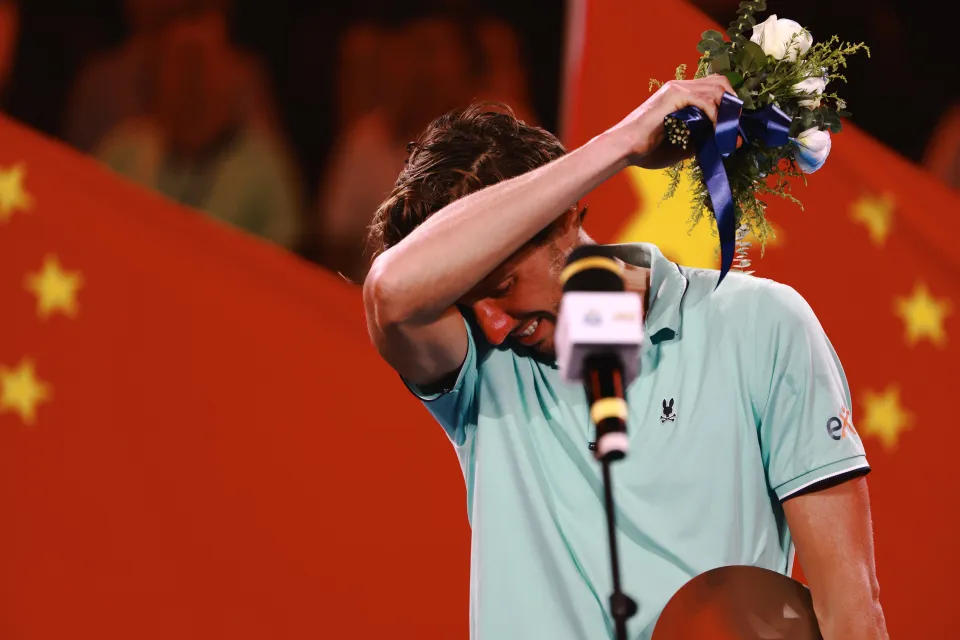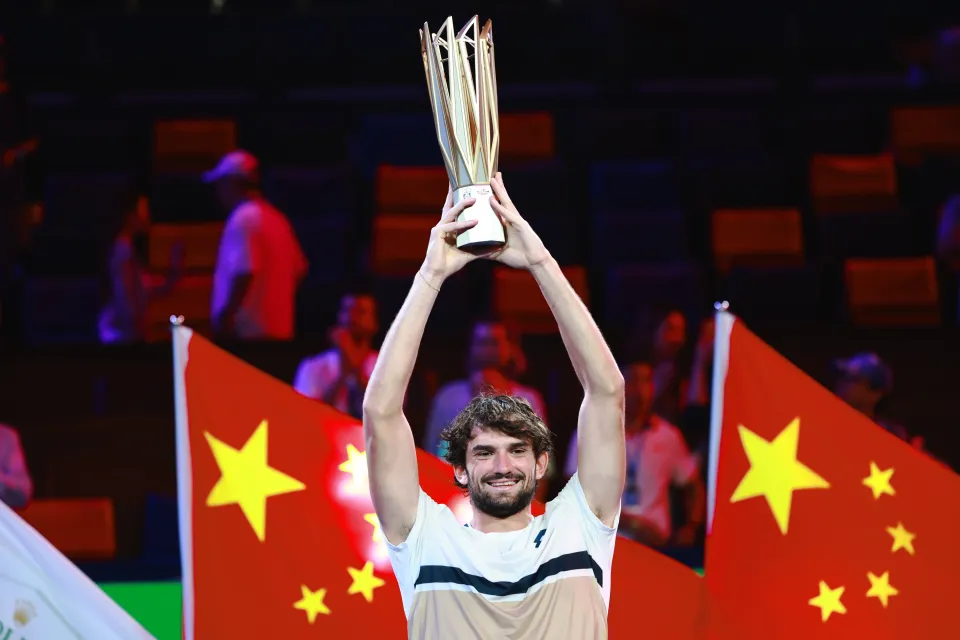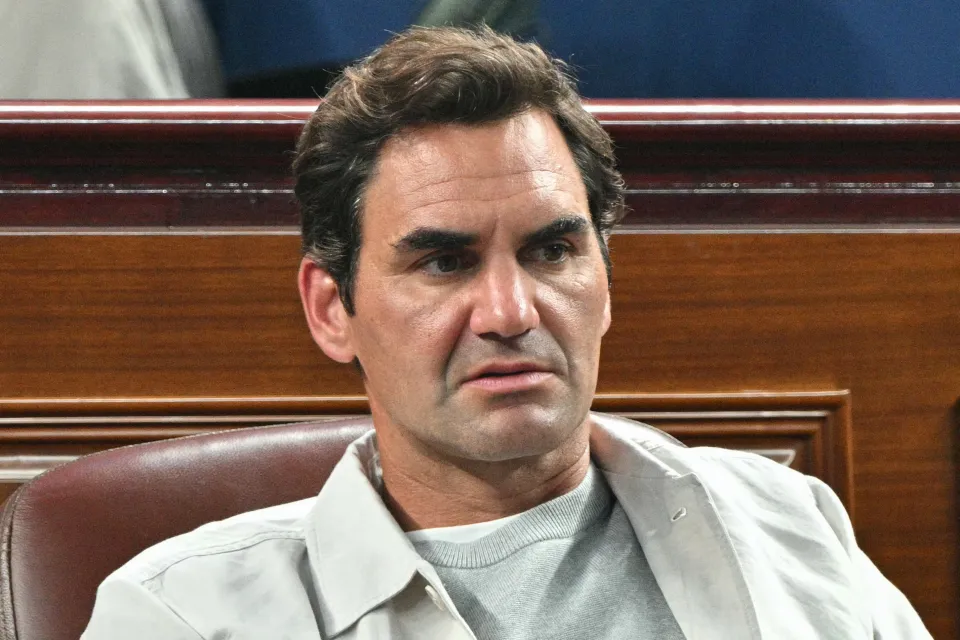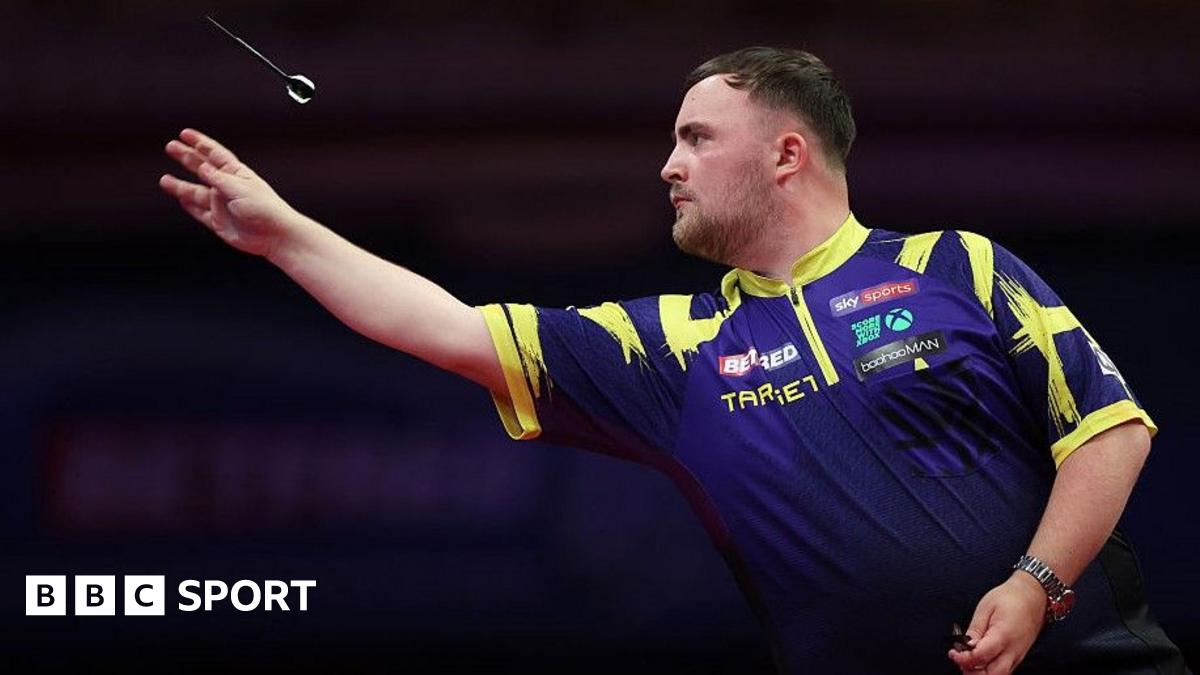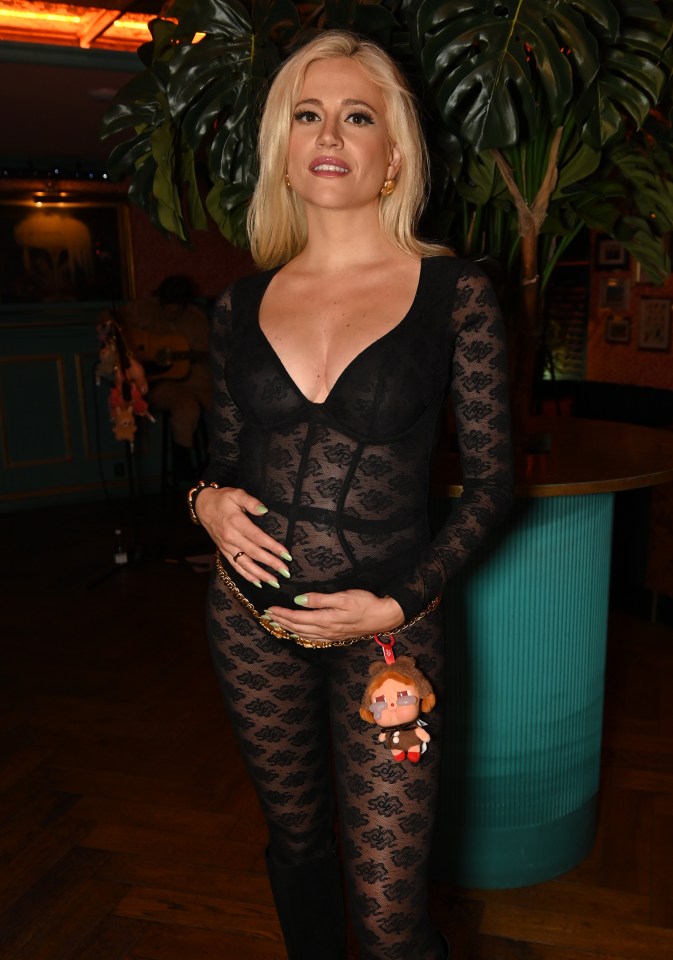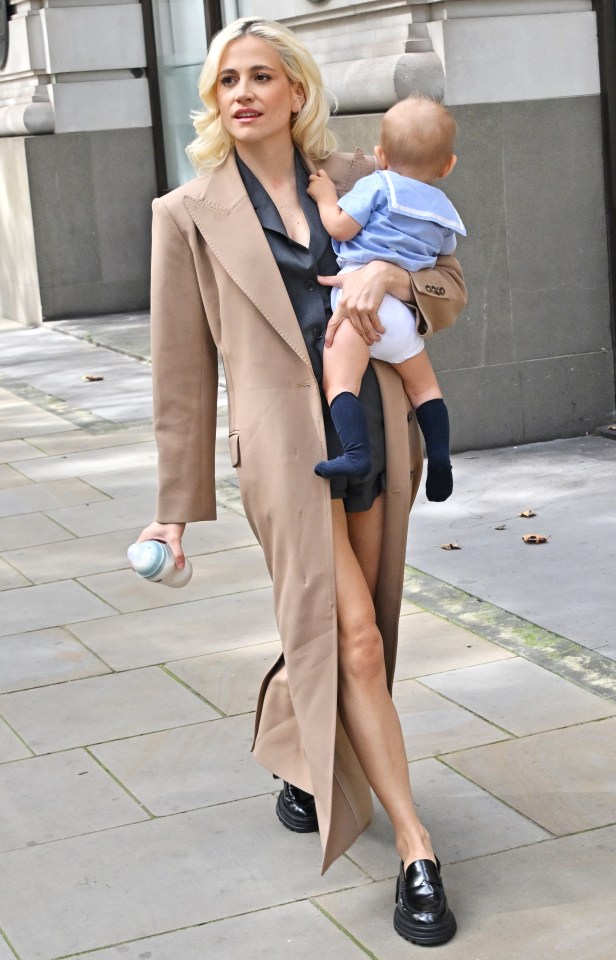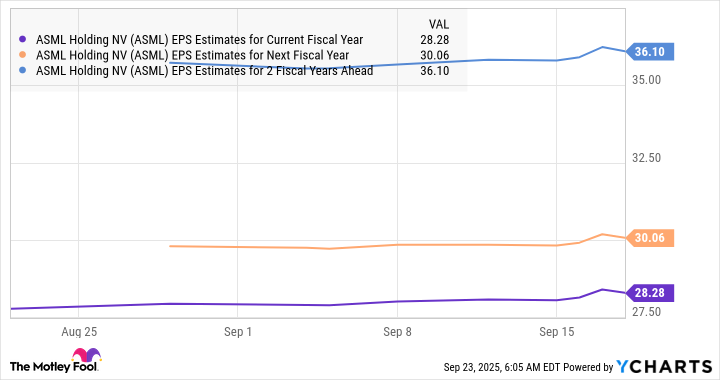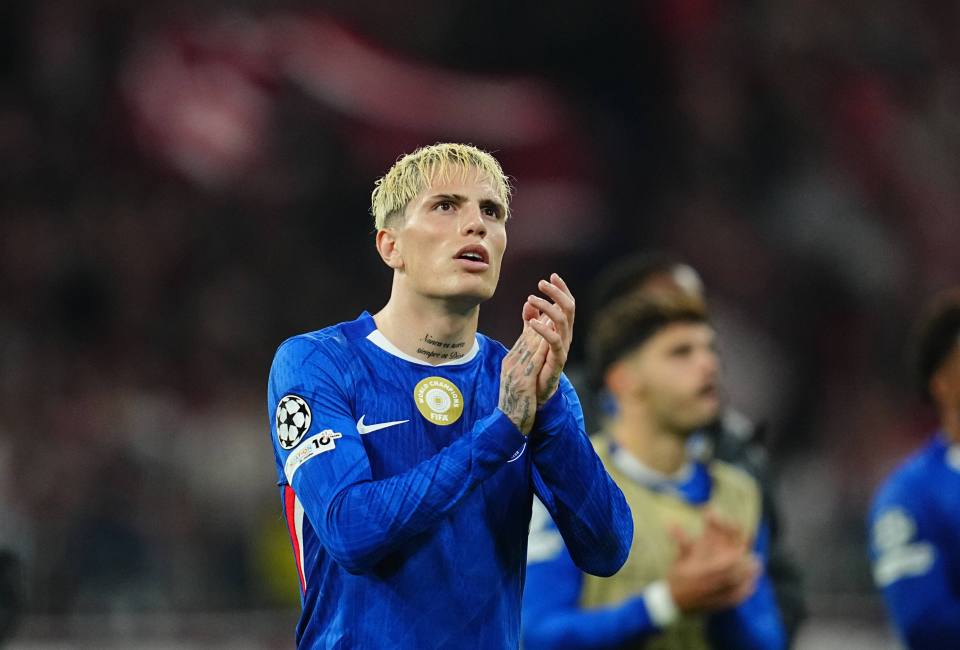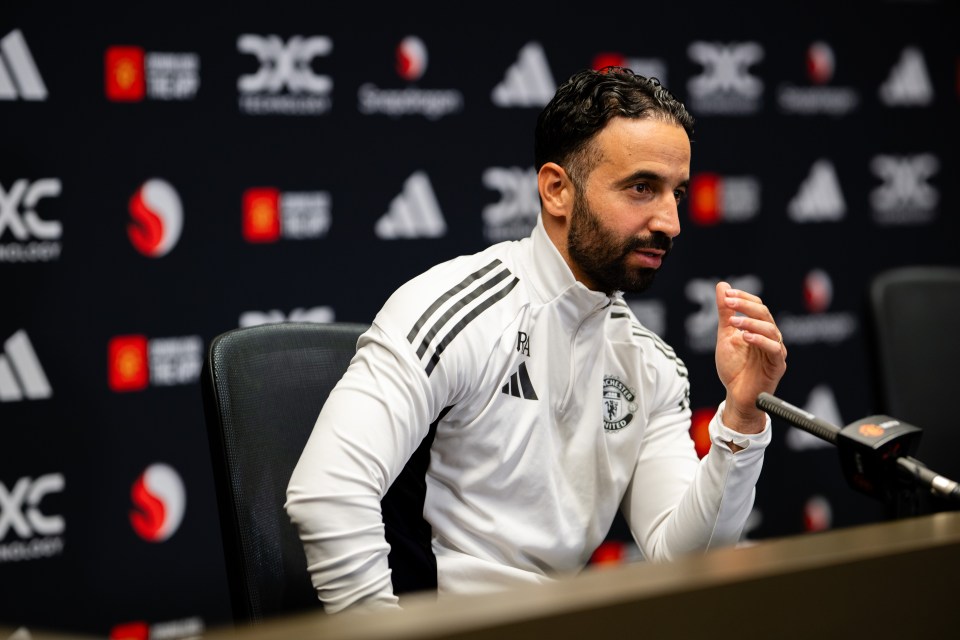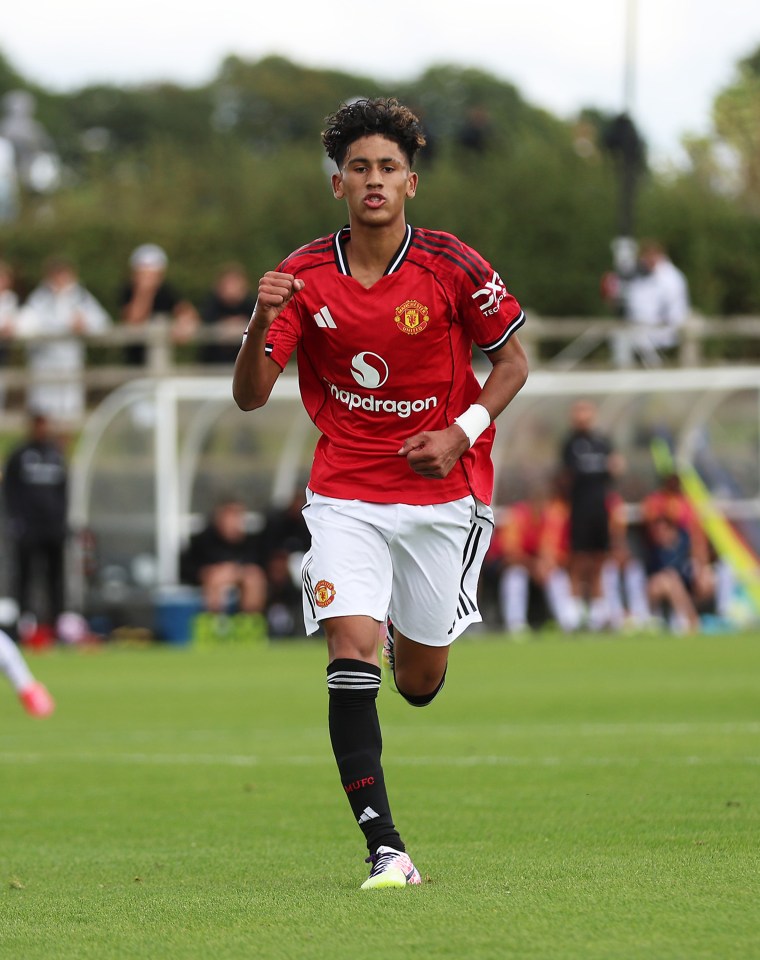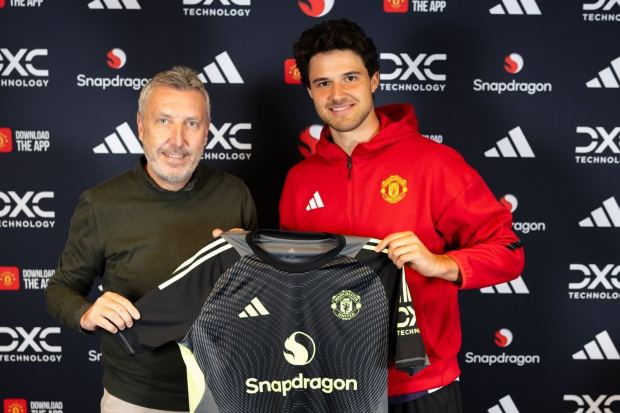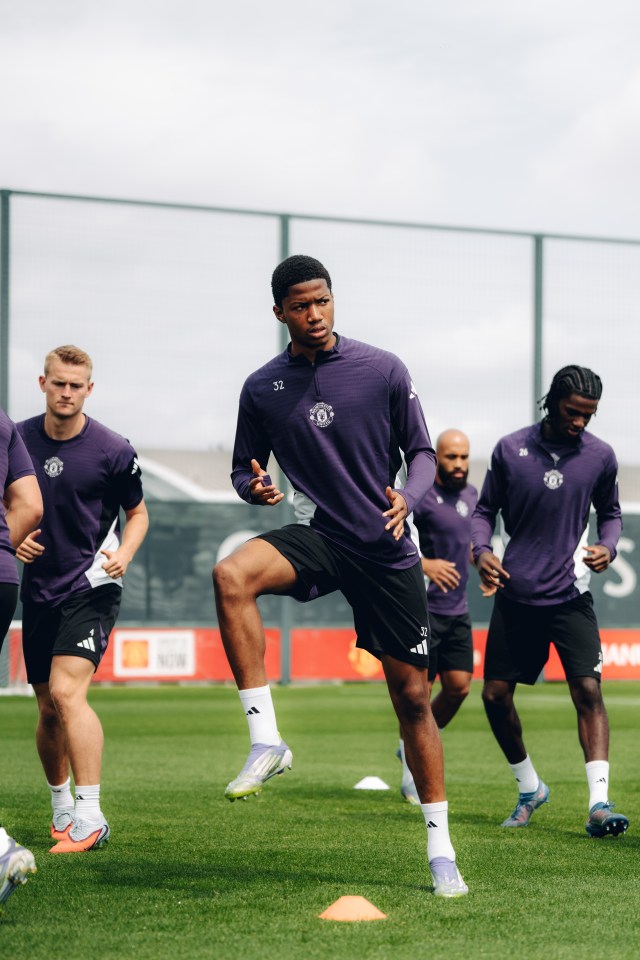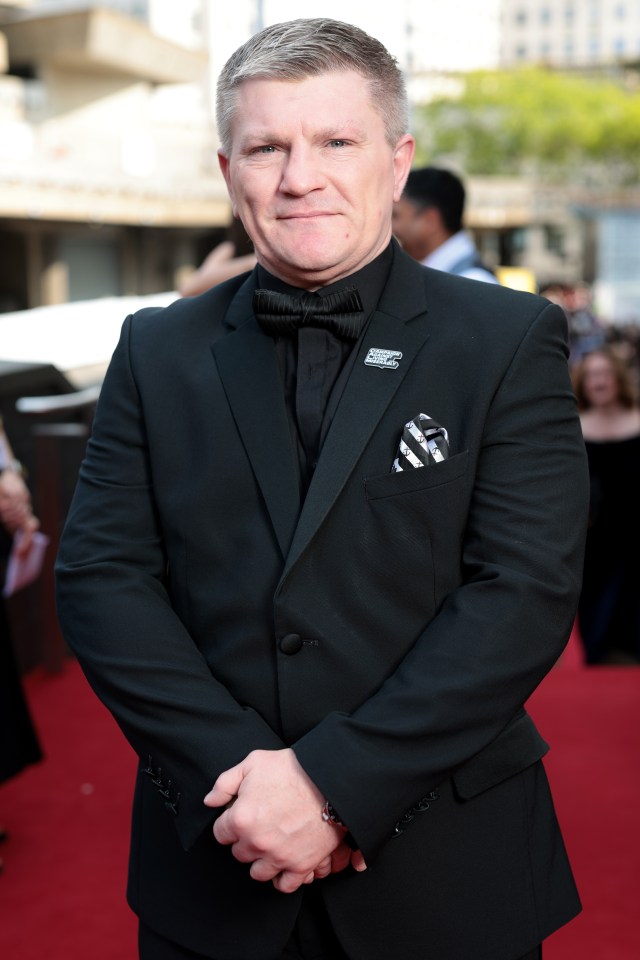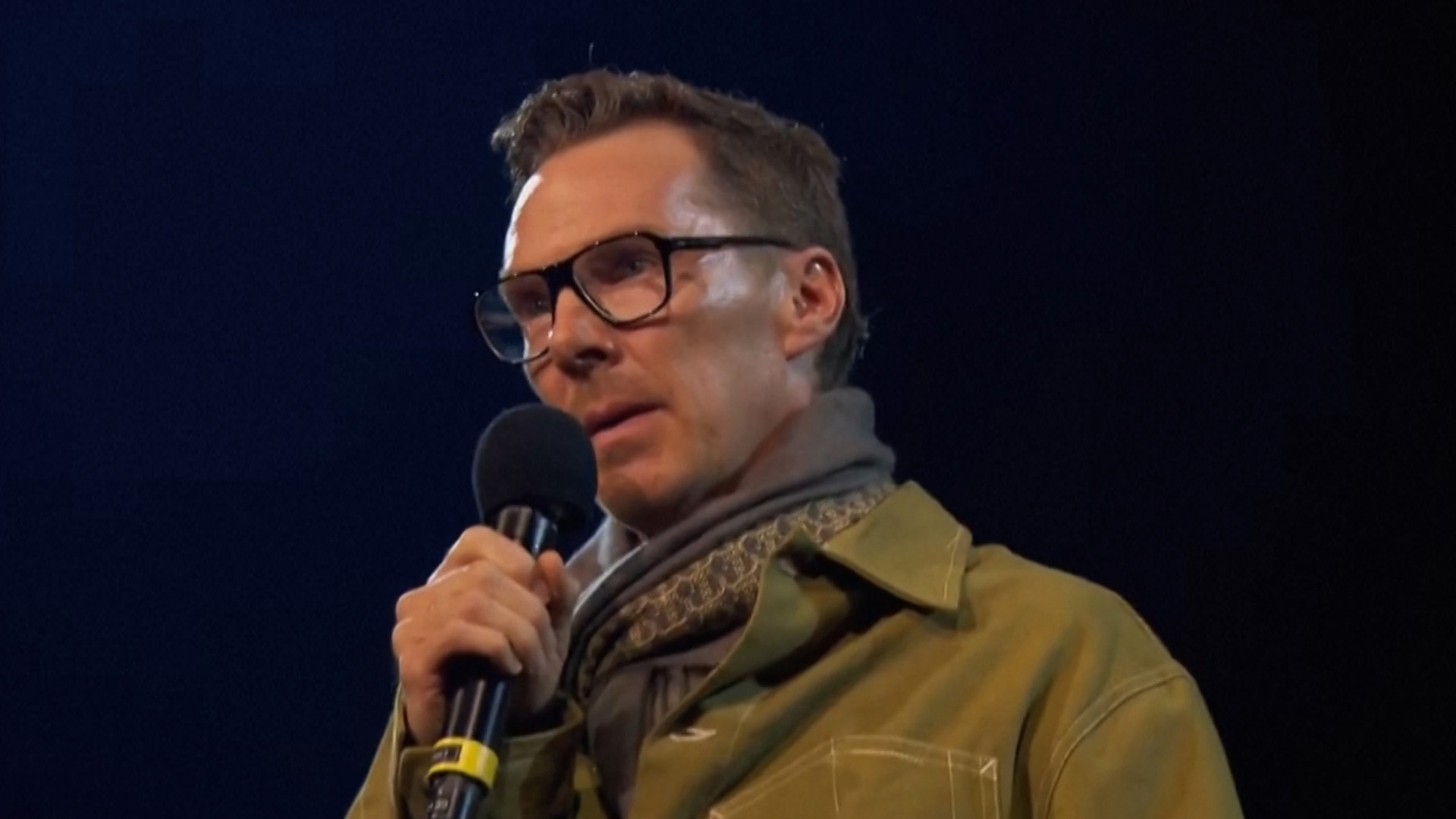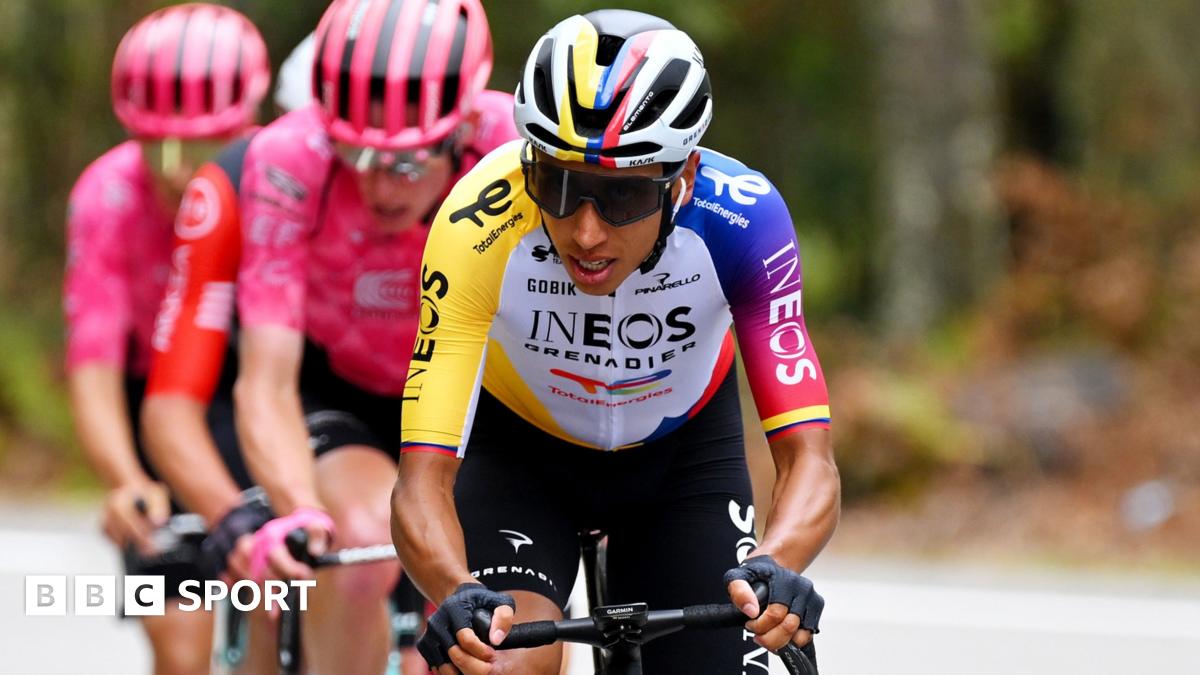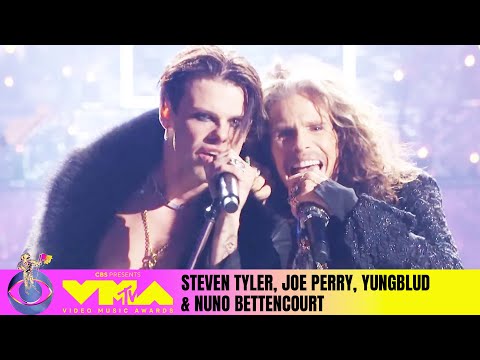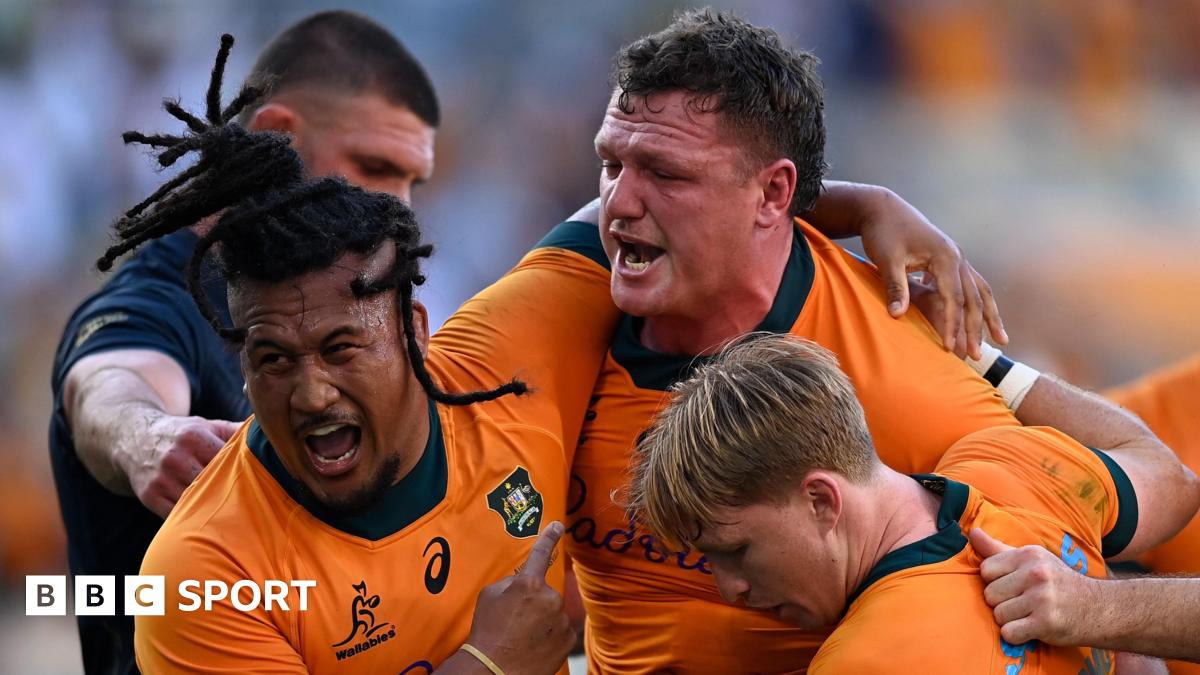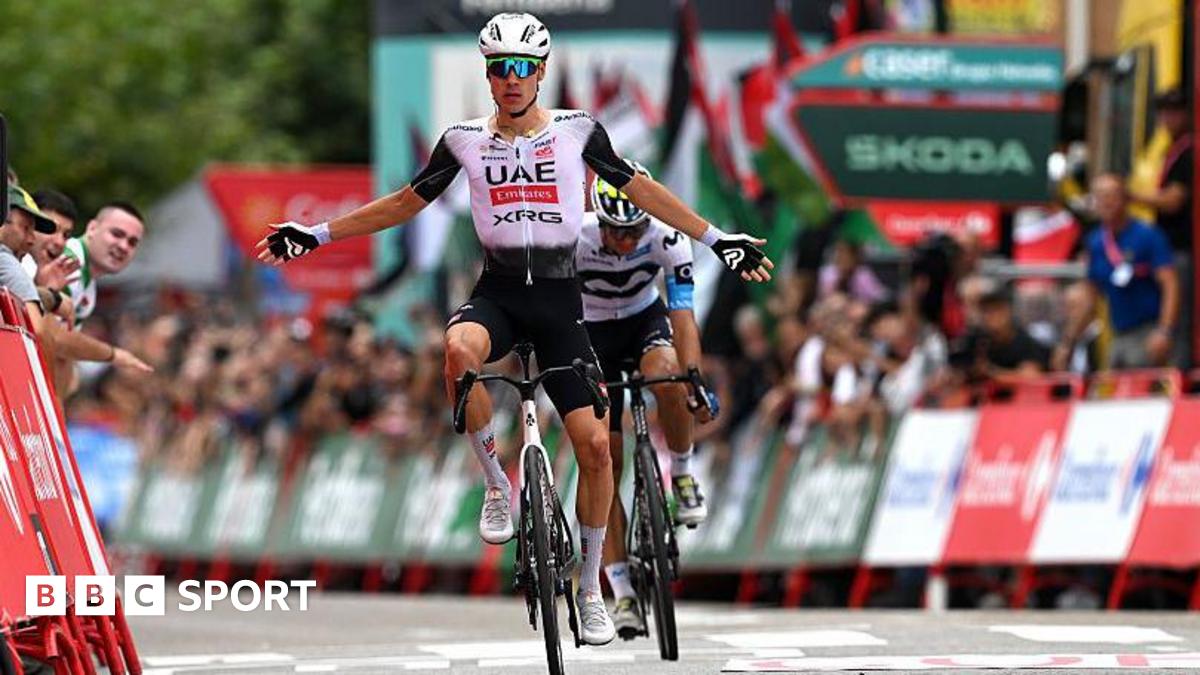Ronald Brownstein, a contributing editor of this magazine, is the West Coast correspondent and former White House correspondent for the National Journal. He is writing a book about the relationship between Hollywood and politics.
FOR SIX YEARS, Gov. George Deukmejian has successfully run a state bigger than most nations. But to the po litical elite of his own country, he couldn’t be much less visible than if he were the mayor of California’s insular state capital.
Interviews with more than two dozen Republican political consultants, Reagan Administration officials, California congressmen, and independent national policy analysts found that Deukmejian, for the governor of the nation’s largest state, has a remarkably low profile in national political circles–even as his name appears on lists of potential running mates for George Bush. The Iron Duke to his supporters, Deukmejian is virtually the Invisible Duke in national political terms. At best, with Massachusetts Gov. Michael S. Dukakis poised to accept the Democratic presidential nomination in Atlanta this month, Deukmejian has acquired an identity as the Other Duke.
“There are people I’ve run into in the higher reaches of the federal government who don’t even know who the governor of California is,” says Martin Anderson, former chief domestic policy and economic adviser to President Reagan and now a senior fellow at the Hoover Institution at Stanford University. “He is largely unknown in Republican circles,” agrees Republican political consultant John Buckley, press secretary for New York Rep. Jack F. Kemp’s presidential bid. “There is no perception of him,” says Roger J. Stone, another leading Republican political consultant.
Not all governors, of course, are national figures. But it has become increasingly common for the governors of major states to wield national clout. Many governors–from Republicans Thomas H. Kean of New Jersey and John H. Sununu of New Hampshire to Democrats Mario M. Cuomo of New York and Bill Clinton of Arkansas–are influential in shaping both the political agenda of their parties and the policy agenda of Congress, particularly on issues confronting the states.
By and large, Deukmejian hasn’t been among them. Deukmejian has not been a force on Capitol Hill. His relations with the California congressional delegation are cordial but distant, several members and aides say, and he has never testified before Congress. Nor has he been a significant participant in the Republican Party’s intramural ideological debates; he remained distant from the presidential primaries this year until the result was long decided. He rarely interacts with the national press corps or national conservative activists.
This parochialism is remarkable considering the lineage in which Deukmejian stands–one that traces back not only to such nationally prominent California governors as Ronald Reagan and Earl Warren, but also in a sense to New Yorkers Franklin D. Roosevelt and Thomas E. Dewey. In the first half of this century, when New York was the nation’s most populous and powerful state, its governors consistently shaped the national agenda. In the 12 presidential elections from 1904 to 1948, a New York governor headed the ticket for one or the other party nine times.
Since then, California has muscled its way to clear economic pre-eminence among the states, the economic boom fueling an explosion in population. Inexorably, if unevenly, political influence has followed. California now sends as many representatives to Congress as New York did at the height of its power; after the next congressional reapportionment (which will follow the 1990 Census), California will command a larger share of the Congress than any state in history. In the four decades before Deukmejian took office, every California governor save one made at least an exploratory run at the presidency. Earl Warren sought the Republican presidential nomination in 1948 and 1952. In 1960, Democrat Edmund G. (Pat) Brown seriously examined challenging John F. Kennedy, Lyndon B. Johnson and the rest of the Democratic field before deciding not to make the race.
Once California passed New York as the most populous state in 1964, it cemented its reputation as the launching pad for political trends, and its governors emerged as national figures almost as soon as they finished taking the oath of office. At the 1968 Republican convention, Ronald Reagan, just two years into his tenure as governor, offered himself for the presidency as the hero of the nascent anti-government conservative revolt. In 1976, Jerry Brown, also just two years into his term, declared the dawning of the “era of limits” and rocketed into the political stratosphere with a string of late primary victories over Jimmy Carter.
After Brown came Deukmejian, and as far as the spotlight of national attention was concerned, the heavy drapes fell around Sacramento. “I just sort of sensed the public at the time I came in was looking for a governor who would not be off running for some other office, and in fact, was going to be carrying a hands-on approach to state government,” Deukmejian says in a relaxed, wide-ranging interview in his small office in the state Capitol. “Also at the beginning we had some very severe financial difficulties (namely a $1.5-billion budget deficit he inherited from Brown). And when I won in my first election, it was by a very, very narrow margin, and I felt that I really had to concentrate on . . . what goes on in the state capital and building a much greater degree of support from the public before . . . taking some steps out toward more exposure on the national scene.”
Since then, though, Deukmejian has come a long way politically, which makes his low national profile remarkable for a second reason: None of his recent predecessors have been more popular or politically successful within the state than Deukmejian. His crushing reelection over Los Angeles Mayor Tom Bradley in their 1986 rematch was a more decisive victory than Pat Brown, Ronald Reagan or Jerry Brown ever managed. Two years into his second term–when most of his predecessors had been hobbled by nicks and bruises–Deukmejian’s job approval ratings from Californians remain buoyant; his latest numbers in the Field Institute’s California Poll exceed Reagan’s highest marks at any point during his two terms. “He’s been a far better governor than Reagan,” says conservative Rep. Robert K. Dornan (R-Garden Grove).
Sometimes governors get into trouble for paying too much attention to Washington and the bright lights of national politics. But Deukmejian has so secured his position in the state that no one would be likely to grumble if he examined the national terrain more purposefully. If anything, some Republicans are puzzled about Deukmejian’s passivity in pushing the cause of the party, the state and, not incidentally, himself. “Deukmejian is the first governor of the state that is the largest who is not a national factor,” Dornan says.
Politics, as much as nature, abhors a vacuum that immense, and events may be pulling Deukmejian, inch by inch, toward the national stage. Even though most Republican leaders have only vague impressions of Deukmejian, the popular governor cannot entirely escape notice. When the party gathers for its convention Aug. 15-18 in New Orleans, Deukmejian is bound to appear on the short list of Republicans positioned to compete not only for the vice presidency in 1988, but also for the party’s presidential nomination in the 1990s. And for all of his reticence, Deukmejian in recent months has become more willing to expose himself to audiences outside of the state. It is much too early, many national Republicans agree, to write off George Deukmejian as a force in the future of his party, well beyond the borders of California.
TODAY, however, Deukmejian stands on square one in national Republican circles. “People have no sense of him,” says political consultant Edward J. Rollins, who ran Reagan’s presidential reelection campaign and served as his chief political adviser in the White House from 1981 to 1985. “There is no question when he was first elected six years ago the potential was there for him to have a very big national profile, and I think a lot of people turned to him. There were a lot of comparisons between him and (New York Gov.) Cuomo, who was elected the same year. But he has sort of stayed where he’s at, and Cuomo has gone on to be a big national player.”
Cuomo has emerged partly because of his restless ambition, but also because he seems genuinely fascinated with public debate over the most fundamental social and moral issues. That’s a fascination Deukmejian, the diligent manager, doesn’t appear to share. He has always operated on the assumption that politicians who seek attention often find problems instead.
Whether for lack of interest or lack of time–as aides note, a governor of California has more to manage than a small-state governor such as Sununu or Clinton–Deukmejian simply hasn’t done the drill necessary to achieve national notice for himself and for issues affecting the state. Not much for mingling with the media at home, he has been aloof from the national media. His June appearance on ABC’s “This Week With David Brinkley” was his first on one of the national Sunday-morning interview shows, and his lack of experience in the fast-moving format showed. “It has been a mystery to those of us who are national conservatives why he will turn down appearances on the ‘Today Show,’ ‘Good Morning America,’ ‘CBS Morning News’ (and) ‘Nightline,’ ” Dornan says.
Deukmejian says he considers it “important, particularly on issues that affect California” to influence national-policy debates. “That’s why we have become very, very active in areas” such as national trade policy, he says. “Little by little, but in a very determined way, we’ve been trying to indicate our presence in that field of trade policy.” But almost all the outside observers interviewed had difficulty naming a front-burner national issue–trade or otherwise–on which Deukmejian has been a force.
“He has not become a national spokesman for quality education as an investment of the foundations of our economy; he hasn’t become a national spokesman on our relationship with Asia, which as a California governor he could do,” says Derek Shearer, a professor of public policy at Occidental College who has advised several Democratic presidential candidates.
Similarly, Deukmejian has had relatively little contact with the Republicans in the California congressional delegation. He has occasionally offered them opinions on pending legislation–he opposed, for example, protectionist amendments in the recent trade bill–but “there aren’t many such examples,” acknowledges his chief of staff, Michael Frost.
One California Republican representative, who asked not to be identified, complains that Deukmejian has virtually ignored Washington. “He has no dynamic presence, he hasn’t really pitched for anything, he hasn’t testified on stuff, he hasn’t looked for a role to play,” the representative says. “There are things the governor could do if he was looking to build a national base. Instead he comes back here quietly, has a quiet dinner and then quietly slips out of town. There has never been a closed-door, discuss-the-issues meeting with him and the delegation. He has come back a couple of times, but they have been very formal, overly organized, stilted lunches.”
Rep. David Dreier (R-La Verne), by contrast, defends Deukmejian, noting that “it bodes well” that the governor nominated a member of the congressional delegation, Rep. Daniel E. Lungren (R-Long Beach), to replace the late state treasurer, Jesse M. Unruh.
Nor has the Deukmejian Administration unveiled the dramatic initiatives that would bring Washington to him. Although Frost cites programs to combat AIDS and to commercialize research performed in state university labs, Deukmejian hasn’t turned many heads among Washington’s policy junkies–the analysts, authors and think-tank fellows who watch new ideas percolating in the state and bestow intellectual credibility on the creative politicians in the provinces. “In the 1980s, California has been in a state of governmental stagnation compared with previous decades,” says Jerry Hagstrom, author of “Beyond Reagan,” a recent book examining politics and policies in the 50 states.
To the extent Deukmejian has a national reputation, it is as a steadfast fiscal conservative, a skilled and dogged manager. “On the state level,” Deukmejian says, “I think people first of all expect us to run government in an efficient manner.” In his first term, Deukmejian withstood pressure to raise general taxes and used his line-item veto repeatedly to resist spending increases. From 1982 to 1986, the share of personal income claimed by state taxes in California declined slightly, whereas it increased in the states overall. That resistance to spending provides the one hook on which many national Republicans hang their vague images of Deukmejian. “The perception I find in many of my colleagues (outside of California) is that George Deukmejian exudes a kind of quiet competence,” Dreier says.
Deukmejian’s hesitant response to the recent state revenue shortfall–first proposing revenue-raising measures, then dropping them after Republicans rebelled–may stain that image, particularly if budget problems continue through the remainder of his term. But Deukmejian’s decision to back away from his tax proposal also enabled him to loudly reaffirm his opposition to new taxes. And that should serve him well over the long haul since anti-tax sentiments remain strong not only in the GOP but throughout the electorate. “I don’t think the average person feels as though they are overtaxed now,” Deukmejian says, “but they also aren’t asking for a tax increase.”
THIS SPRING’ Spersistent discussion about Deukmejian as a potential running-mate for George Bush has provided the governor with his first serious national attention. No matter how the rumor mill treats his prospects in the weeks leading up to the Republican convention, some Republican strategists believe the importance of California–which alone provides 17% of the electoral votes needed for victory–guarantees that Deukmejian “is absolutely permanently fixed in the top three vice-presidential choices,” as conservative political consultant David M. Carmen put it.
In the fall campaign, California may be not only the largest prize, but the pivotal one. Since World War II, the Republicans have owned this state in presidential politics, losing only twice. But they have almost always had the advantage of a native son on their ticket. In eight of the past 10 campaigns, the Republicans have nominated a Californian for President or vice president: Earl Warren was the GOP’s vice-presidential nominee in 1948; Richard M. Nixon was the party’s vice-presidential choice in 1952 and 1956, and its presidential nominee in 1960, 1968 and 1972; Reagan carried the GOP banner in 1980 and 1984. Only Warren, running with Dewey against Harry Truman, failed to bring home the state for his party.
No Democrat has carried this state in a presidential campaign since Lyndon Johnson. (Even without a Californian on the ticket, Ford edged Carter in 1976.) But Bush faces a surprisingly uphill battle. Independent polls show Dukakis leading Bush by double digits in California–a spread slightly larger than Dukakis’ margin in most national surveys. If Bush continues to trail so badly by the time the Republicans gather in New Orleans, he will undoubtedly face pressure for a dramatic vice-presidential selection. Those options are few: his chief rivals, Kansas Sen. Robert Dole or New York Rep. Jack F. Kemp perhaps, a woman such as Elizabeth Dole or Kansas Sen. Nancy Kassebaum to fight the gender gap, or Deukmejian to try to sew up California and block the Democrats from assembling an electoral college majority.
Deukmejian has said repeatedly he couldn’t take the vice-presidential nomination because, if the ticket won, he would have to turn over the statehouse to Democratic Lt. Gov. Leo T. McCarthy. Deukmejian has insisted about as firmly as he plausibly can that he does not want to take the job and hand over the reins to McCarthy. “I just can’t see any situation–I really can’t see any situation–where I would be able, even if I were asked . . . to accept it,” he says. “I honestly don’t expect to be asked. I really think he can carry California without . . . me on the ticket, and there will probably be either some other areas of the country Bush will want to shore up. I’ve said for a long time if they see there is a very major gender gap, he might very easily pick a woman.”
But Deukmejian’s certainty in June and July may be irrelevant in August. Even such a close adviser as former chief of staff Steven A. Merksamer agrees that, for all the governor’s firmness today, it is impossible to predict what Deukmejian would say if Bush actually offers him the position. If Bush’s advisers decide that he can win only by carrying California and only do that by picking Deukmejian, most national Republicans doubt that the governor would hesitate for long. In those circumstances, how could Deukmejian argue that maintaining control of the statehouse is more important than holding the White House? “It would be” difficult to make that case, Deukmejian acknowledges, “but I hope I don’t have to.”
Few analysts today expect it to come down to that. To some extent, Bush’s advisers have accepted the conventional wisdom that choosing Deukmejian would so roil local Republicans that his selection could hurt the campaign here. And if Deukmejian joined the ticket, his recent problems with an unexpected budget deficit would complicate Republican efforts to criticize Dukakis for the similar shortfall he faces in Massachusetts.
In all likelihood, though, neither of those arguments are compelling enough to disqualify Deukmejian. The Massachusetts revenue shortfall is unlikely to be a decisive issue in any case. And as Bush’s problems deepen, local opposition to Deukmejian as vice president diminishes. Instead, the key question is whether Deukmejian’s presence on the ticket really could ensure Bush victory in California. If Deukmejian can’t deliver California, there’s no reason to nominate him since he is unlikely to help much anywhere else.
Early polls differ on how much Deukmejian would help Bush. Pollster Mervin Field believes Californians are unlikely to vote for a ticket just because it has a local office-holder on it, though the state’s recent electoral history certainly suggests otherwise. On a more tangible level, Deukmejian may not have enough appeal for the crucial blue-collar suburban Democrats to put Bush over the top. “I think it is unlikely he will be chosen because I don’t think you would see any numbers where George Deukmejian would add that much to the ticket,” says one Bush adviser. Still, the talk of Deukmejian won’t die down soon because it may not take that much to turn the result in California–and the nation.
EVEN IF Deukmejian comes out of New Orleans with nothing on his plate but some gumbo and a return ticket to Sacramento, many local and national Republicans believe the governor could yet become a significant factor within the GOP, if he decides to work at it. As governor of a state this large, Deukmejian can always make himself heard. “It is inevitable,” predicts former Reagan aide Anderson, “that Deukmejian will become a major, if not the major, figure in the party in future years.”
If Bush doesn’t succeed this fall, and Deukmejian wins reelection in 1990, the objective factors for a Duke-in-’92 presidential bid are intriguing, some Republicans believe. Deukmejian’s name usually appears on the early lists of potential contenders, though admittedly more because of where than who he is. “He gets mentioned because The Great Mentioner turns to Republicans (and says) California is a big state and you have to mention Deukmejian,” says Washington-based Republican media consultant Mike Murphy.
In 1992, the Republican field mobilizing against a President Dukakis could be much like the Democratic field in 1988, with no clear front runner and no candidate with a deep national base of support. Texas-based Republican pollster V. Lance Tarrance, who advises Deukmejian, thinks that if Bush loses, some candidates (for example Sens. Phil Gramm of Texas and William L. Armstrong of Colorado) would run as issue-oriented ideological revolutionaries and another group would run as capable, tested administrators. As governor of this sprawling nation-state, Tarrance argues, Deukmejian brings to the table solid administrative credibility.
Deukmejian would bring another significant advantage to such a hypothetical nomination contest. As Dukakis demonstrated this year, in such a murky atmosphere, a candidate who can raise the large sums it takes to cut through the clutter is difficult to stop. With a huge and prosperous home state on which to draw, and a skilled team led by Karl M. Samuelian, Deukmejian’s fund-raising potential matches that of any Republican.
Before we pull this Deukmejian train out of the station, a few reality checks might be in order. Reality check No. 1: This is not a man who sets hearts aflutter. Deukmejian’s detractors–and even some of his friends–point out that as far as charisma goes, he makes “Dukakis look like the Beatles.” But if charisma was the key to national success, Dukakis and Bush would be looking for other work. Besides, Deukmejian’s campaign presence is usually underrated. It’s not hard to imagine Deukmejian performing at least at the level of this year’s nominees. Somewhat prosaic and uninspiring, Deukmejian is far from the best campaigner in the world, but he’s not the worst either–with an easygoing, unassuming amiability that wears well on voters. With the press he is personable and unaffected, and though he is sometimes defensive, Deukmejian can defuse tension with unexpected flashes of self-deprecating humor.
Second reality check: This is not a man who suffers from a visible need to make himself a household name. Deukmejian has always enjoyed governing more than campaigning, and many Republican strategists believe he lacks the fire to push himself through the demanding course that any effort to emerge nationally would require.”I just don’t know if the energy and the ideas and the intensity is there,” said an adviser to another Republican angling for the presidency in the 1990s.
While some of those around him would probably like the governor to seek the White House, Deukmejian clearly isn’t consumed with ambition to move up. Seeking the presidency someday now seems to him, “out of the question,” he says. “When I started in the Assembly and later in the Senate, I could say, yes, in my mind that if the opportunity presented itself I’d like to be governor. But I’ve never really had as a goal that I would want to seek the presidency.” He speaks with a combination of amazement and scorn of politicians “who seem to live and breathe and eat politics.”
On the other hand, Deukmejian only became governor by winning an arduous primary against Lt. Gov. Mike Curb, the choice of the California Republican establishment, and then hanging tough against Los Angeles’ popular Mayor Bradley. That is not the profile of a man impervious to ambition’s insistent tug. “He is modest in his demeanor,” says state Republican chairman Bob Naylor, “but there is ambition there.”
Midway through his second term, Deukmejian has shown flashes of interest in examining the world beyond Sacramento. The governor has not pursued opportunities as systematically as Kean and some others, and insists the recent increase in his out-of-state activity “has been primarily just to be of help to the national ticket.” Deukmejian denies any interest in raising his own profile for its own sake. “I’m not out looking for things to do,” he says, “but we do get requests, and I feel a little more comfortable in accepting some of those.” Whatever the motivation, his recent activity and upcoming schedule add up to a typically cautious effort to broaden his horizons.
In April, Deukmejian visited Texas to address a Republican party fund-raiser and drew high marks for a speech in which he gleefully bashed Dukakis. Deukmejian has scheduled four more out of state appearances at Republican fund-raisers through the campaign–including speeches in New York City and Florida. And in recent months he has become more active in governor’s activities. This winter, he assumed the chairmanship of a National Governors Assn. subcommittee on criminal justice–the first time he’s accepted such a responsibility. He’s currently vice chairman of the Western Governors Assn. and is scheduled to become chairman of the group next year. In the second term, he has also seasoned himself with international trade missions to Japan and Europe; later this month he’s scheduled to visit Australia, Hong Kong, the Philippines and Korea. He has formed a political action committee, Citizens for Common Sense, to build a statewide grass-roots political organization and fund his travel.
Deukmejian still isn’t looking for excuses to visit Washington. “I’m not anxious to make that trip back and forth anymore often than I have to,” he says. Earlier this year, he turned down an invitation to attend the Gridiron dinner, the annual closed-door gathering of the capital’s journalistic and political elite. But he did make a well-received address to the conservative Heritage Foundation last fall, and aides say his recent ABC appearance may signal a more open attitude toward the national press.
Third reality check: Even if he’s willing to hit the road, does Deukmejian have anything to say? Now that the Reagan era is ending, the GOP is groping for new direction. But unlike Reagan with his anti-government insurrection, or Kemp with his supply-side economic populism, or New Jersey’s Kean with his brotherly “politics of inclusion” aimed at broadening the party’s base, Deukmejian has offered no overarching vision of the Republican future. Asked to define the fundamental principles that have informed his administration, Deukmejian first listed “a common sense approach to running government.” Try constructing a banner around that. In Jesse Jackson’s terms, this is a jelly-maker not a tree-shaker.
The brightest ideological line running through Deukmejian’s politics is suspicion of government expansion. In that, he’s closer to Reagan than most of the emerging GOP leaders. In office, Deukmejian, like Reagan, has generally been more successful at saying no than yes. His first term, dominated by his unyielding resistance to Democratic spending, had a much sharper focus than his second term. That could be because the times are subtly changing. The polls have shifted, with more people demanding more services from government, and Deukmejian has been somewhat uncertain in his reaction– hesitancy demonstrated by his ultimately passive response to the revenue shortfall. (After he dropped his tax plan, the governor essentially told the Legislature to solve the problem.) He has pushed bond issues to pay for transportation and school construction needs, and increased education spending faster than his predecessors. But unmet needs are accumulating too; huge enrollment growth, for instance, is consuming the increases in school funding and driving the state back below the national average in per capita spending on elementary and secondary school education.
Those concerns about infrastructure and education, Deukmejian acknowledges, could threaten the state’s economic future. But so too, he maintained, would a tax hike that might make firms less likely to settle or expand here. “Our two main challenges are growth and the competition we’re faced with from other states for business investment,” he says. “So you have to try to strike a balance so you can meet the needs of the people in terms of growth, and at the same time be aware . . . that all the other states are out there competing very strongly for jobs, and foreign nations are out there competing.”
Democrats believe Deukmejian has struck too penurious a balance and hope the 1990 gubernatorial race will pivot on Deukmejian’s tough line against expanding government in a period of expanding needs. “They are too trapped in the present, worrying about this budget year, how much is it going to cost, and they are not thinking through in a systematic way how to plan for the future,” charges State Supt. of Public Instruction Bill Honig, who may challenge Deukmejian in 1990 as a Democrat.
Those accusations may ultimately cause Deukmejian problems, and the law of political gravity–which holds that everyone eventually comes down–virtually guarantees that his approval ratings will sag at least somewhat. Some Democrats believe Deukmejian has never really been tested because in his 1978 election as attorney general and his two gubernatorial races he bested liberal black Democrats–a tough sell statewide. His opposition in 1990 should be more formidable, with Honig, Atty. Gen. John van de Kamp, former San Francisco Mayor Diane Feinstein and Controller Gray Davis all considering the race.
But his position is solid, especially for a governor so long on the scene. After the June defeat of the Honig-backed proposition to loosen restrictions on state spending, the Democrats may have trouble constructing a campaign around the argument “that the government isn’t spending enough tax dollars,” says chief of staff Frost. With the economy roaring, public opposition to taxes undiminished, and his government free from scandals, even many Democrats and independent analysts believe Deukmejian must be favored for a third term. He says he will decide whether to run again “by the end of this year or early next year.”
If Deukmejian punches through that historic third-term barrier–something only Earl Warren has done–he may be in a much better position to emerge as a national Republican leader than it now appears, particularly if Bush falls this November. Though Deukmejian hasn’t produced the bold initiatives that attract the national press and political elite, his political identity rests on positions consonant with the mainstream Republican electorate: a tough stand against crime, taxes and government spending. “He fits the Republican party like a glove,” says Anderson.
And he has, in California’s blistering economic performance, a powerful calling card. Dukakis’s experience may be suggestive of Deukmejian’s possibilities. Unlike his California counterpart, Dukakis had the advantage of some innovative policies (welfare reform, and a tax amnesty program) to sell, and much more exposure to the national elite, which gave him early credibility. But ultimately Dukakis based his presidential campaign on a story of state economic success. Deukmejian has at least as compelling an economic success story.
Deukmejian’s tough stand against taxes and conservative approach to government regulation may or may not explain California’s success, but questions about Dukakis’ role haven’t hurt his efforts to identify with the Massachusetts miracle. (In both places, Reagan’s defense build-up deserves a significant share of the credit.) And if Massachusetts is a miracle, what’s the right word to describe California, which created 2.1 million new jobs–almost five times as many as Massachusetts, and nearly one of every six non-agricultural jobs in the nation–from 1983 through 1987? In the last five years, California has created almost half of the nation’s new manufacturing jobs, according to the state Department of Commerce. For Deukmejian, the path to prominence could be built on nothing more complicated than promising “to do for the nation what he did for California,” insists pollster Tarrance.
True, Deukmejian faces the risk that the state’s problems in education, infrastructure and growth will tarnish that claim. But if this stubborn governor can demonstrate the flexibility to confront those challenges without violating his conservative principles–the key open question looming before him–he can convincingly hold up California as the prototype of a state that’s racing pell-mell into the future. In a recent speech before a business group, Deukmejian offered what might become his slogan: “Each day our state gives the rest of the nation a glimpse of tomorrow–of the progress that is within our reach.”
Although he’s done little to cultivate them, California’s success has placed possibilities within Deukmejian’s reach, too: Now the question is, does the Duke have the right stuff to reach out and grab them?
